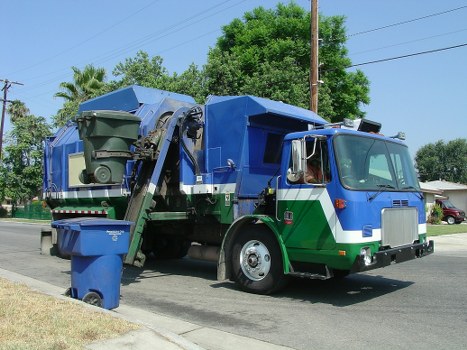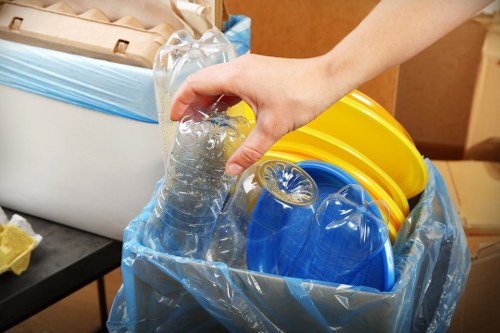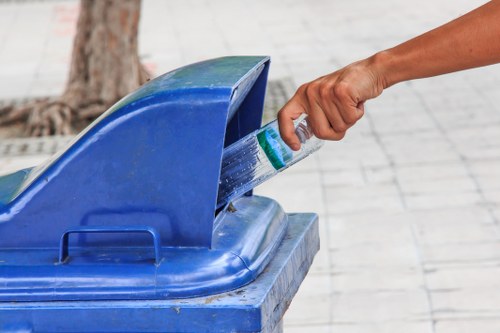Furniture Clearance in Temple
Understanding Furniture Clearance in Temples

Furniture clearance in temples is a crucial process that involves the systematic removal of old, unused, or unnecessary furniture from temple premises. This process not only helps in maintaining the sanctity and cleanliness of the temple but also ensures that the space remains conducive for worship and other religious activities.
Temples, being places of worship, require a serene and uncluttered environment. Over time, the accumulation of furniture can lead to overcrowding, making it difficult for devotees to participate in religious ceremonies comfortably. Regular clearance ensures that the temple space is utilized efficiently, providing a better experience for all visitors.
Moreover, furniture clearance can also be a part of temple renovation or expansion projects. As temples grow or update their facilities, the need to clear out old furniture becomes imperative. This not only paves the way for new installations but also aligns the temple’s aesthetics with contemporary needs while preserving its traditional essence.
Steps Involved in Furniture Clearance

Assessment and Planning
The first step in furniture clearance is a thorough assessment of the current inventory. This involves identifying which pieces of furniture are still in good condition and can be reused or repurposed, and which ones need to be removed. Planning is essential to ensure that the clearance process does not disrupt the temple’s regular activities.
Coordination with Temple Authorities
Clear communication with temple authorities is vital. This ensures that the clearance activities are in line with the temple’s guidelines and schedules. Coordinating with the management helps in scheduling the clearance during less busy times, minimizing any inconvenience to devotees.
Sorting and Categorizing
Once the assessment is complete, the next step is to sort the furniture into categories such as items to be donated, recycled, or disposed of. This categorization helps in streamlining the clearance process and ensures that each piece of furniture is handled appropriately.
Best Practices for Effective Clearance

Sustainable Disposal Methods
Adopting sustainable disposal methods is essential to minimize the environmental impact of furniture clearance. This can include donating usable furniture to charitable organizations, recycling materials, or refurbishing old pieces for future use.
Recycling and Donation Options
Recycling old furniture helps in reducing waste and conserving resources. Additionally, donating furniture to those in need not only supports the community but also aligns with the philanthropic values often upheld by religious institutions.
Maintaining Respect for the Sacred Space
While clearing furniture, it is important to maintain the sanctity of the temple. This means handling all items with care and ensuring that the clearance process does not disturb the spiritual atmosphere of the temple.
Challenges in Temple Furniture Clearance

Respecting Sacred Spaces
One of the major challenges in furniture clearance within temples is ensuring that the process respects the sacredness of the space. This requires sensitive handling of religious artifacts and furniture, as well as adherence to specific protocols that govern temple activities.
Managing Large Volumes
Temples often house a significant amount of furniture accumulated over the years. Managing the clearance of large volumes can be logistically challenging, requiring meticulous planning and efficient execution to ensure a smooth process.
Balancing Tradition and Modernity
Another challenge is balancing the preservation of traditional elements with the need for modernization. While it is important to retain the historical and cultural significance of the temple, updating and clearing out old furniture can help in enhancing the overall functionality and appeal of the space.
Hiring Professional Clearance Services

Benefits of Professional Assistance
Engaging professional clearance services can greatly simplify the process. Professionals bring expertise in handling large-scale clearances, ensuring that the process is efficient, respectful, and compliant with all necessary regulations.
Choosing the Right Service Provider
When selecting a clearance service, it is important to consider factors such as experience, reputation, and their approach to sustainable disposal. Choosing the right provider ensures that the clearance is conducted smoothly and aligns with the temple’s values and requirements.
Ensuring Compliance and Safety
Professional services ensure that the clearance process adheres to safety standards and regulatory requirements. This protects both the temple staff and the workers involved, ensuring a safe and secure environment throughout the clearance process.
Maintenance and Future Planning
Regular Maintenance Schedules
Implementing regular maintenance schedules can prevent the accumulation of excess furniture in the future. This proactive approach ensures that the temple remains organized and clutter-free, reducing the need for extensive clearance efforts.
Future-Proofing Temple Spaces
Planning for future needs helps in accommodating growth and changes within the temple. By anticipating future requirements, temples can manage their furniture inventory more effectively, ensuring that the space remains functional and aesthetically pleasing.
Integrating New Designs and Functionalities
As temples evolve, integrating new designs and functionalities into the space can enhance the worship experience. Clearances provide an opportunity to introduce modern furniture that aligns with the temple’s vision while maintaining its traditional charm.
Technology Integration in Furniture Management
Leveraging technology for furniture management can streamline the clearance process. Inventory management systems, scheduling tools, and digital coordination platforms can make the process more efficient and organized.
Community Involvement and Support
Engaging the community in the clearance process can foster a sense of ownership and responsibility. Volunteers and community members can assist in various aspects of the clearance, making it a collaborative and inclusive effort.
Environmental Considerations
Prioritizing environmental considerations ensures that the clearance process is sustainable. This includes minimizing waste, choosing eco-friendly disposal methods, and promoting recycling and reuse of materials.
Conclusion
Furniture clearance in temples is a multifaceted process that requires careful planning, respectful handling, and sustainable practices. By following best practices and engaging professional services, temples can maintain a serene and functional environment for worship while contributing positively to the community and the environment.